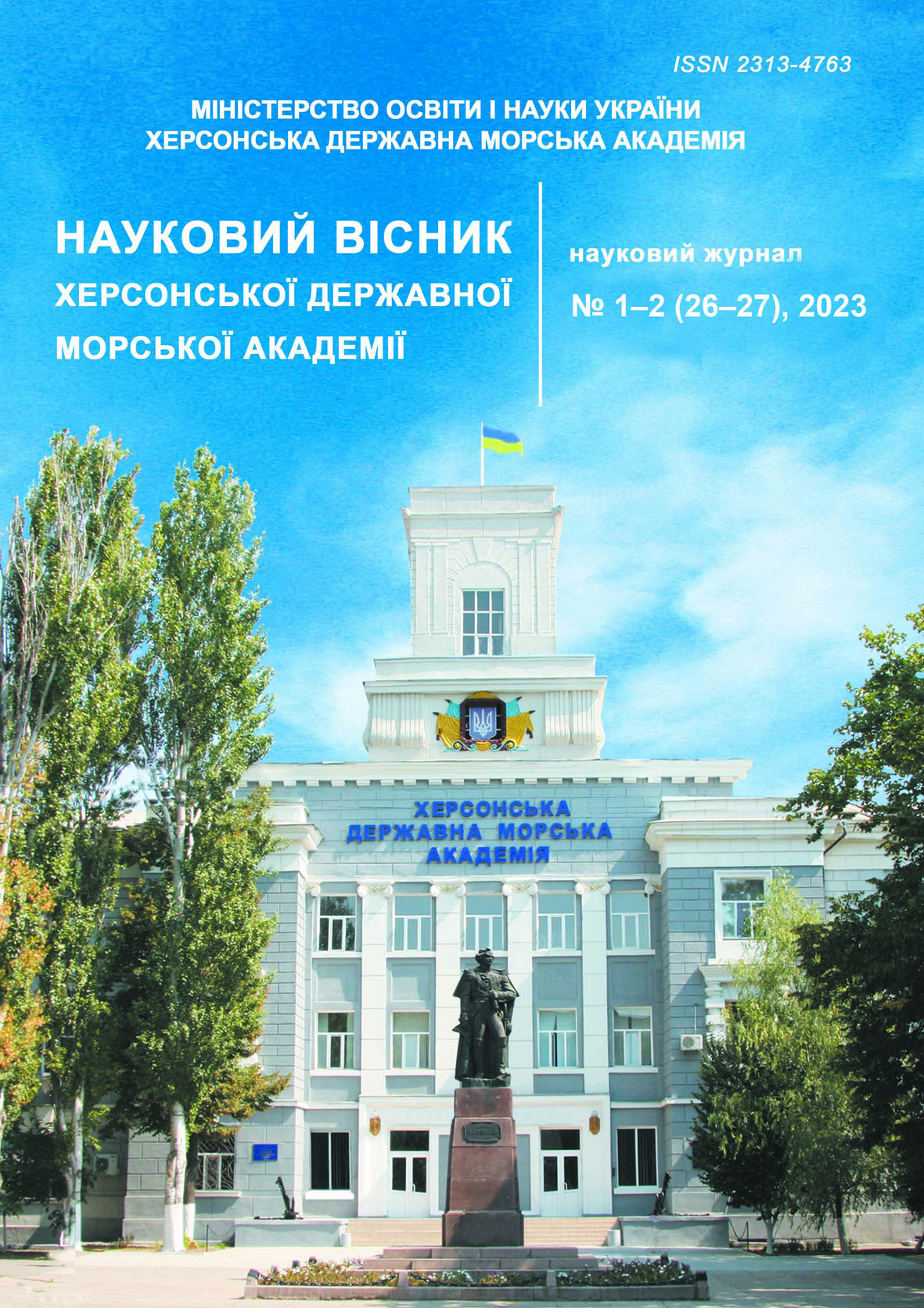KINETICS OF METAL DEFORMATION OF WELDED PIPE SECTIONS UNDER CYCLIC LOADING IN THE PROCESS OF FIELD TESTS
https://doi.org/10.33815/2313-4763.2023.1-2.26-27.167-173
Abstract
Full-scale tests were carried out at a specially equipped test site for pipe sections intended for the construction of main gas pipelines, which made it possible to obtain kinematic and dynamic parameters of the destruction of a model gas pipeline under operating load and in conditions as close as possible to operational ones. Analysis of the results of field (full-scale) tests indicates that from the moment of initiation of destruction in the central pipe, the speed of the main crack (on both sides of the initiator) increases and reaches a maximum at a distance of approximately 2-3 diameters from the notch. The change in speed along the length of the central pipe can be symmetrical relative to the cut made in the central pipe or asymmetrical. This is due to the experimental technique and the crack initiation conditions, in particular, the displacement of the initiating notch relative to the middle of the pipe and the different properties of the pipe metal in the local failure zone. The general pattern remains the presence of a maximum velocity at the stage of crack acceleration. It should be noted that in order to conduct the experiment, in order to achieve high fracture rates, the crack tips were preserved upon entering the studied areas. This condition is ensured by suitable selection of the viscosity of the metal of the central pipe.
First, using full-scale (polygon) tests, the influence of the structural phase composition of pipe steels on the resistance of pipes to corrosion-mechanical cracking was investigated. At the same time, it is shown that the ferrite-pearlite structure has the greatest resistance to corrosion cracking, while the carbide phases cause embrittlement of the metal with a sharp increase in the rate of crack propagation along the pipeline.
References
Trevoho, I. S., Ilkiv, Ye. Yu., Kukhtar, D. V. (2019). Heodezychnyi kontrol deformatsii sporud mahistralnykh hazoprovodiv : monohrafiia. Ivano-Frankivsk: IFNTUNH.
Luchko, Y. I. (2018). Metodyky rozrakhunku ta doslidzhennia materialiv hazoprovodu na mitsnist, vtomnu trishchynostiikist. Mosty ta tuneli: teoriia, doslidzhennia, praktyka. 13. 54–66.
Fedorovych, I. Ya. (2018). Otsiniuvannia nebezpeky ruinuvannia mahistralnykh hazoprovodiv z vyiavlenymy poverkhnevymy trishchynopodibnymy defektamy: dys. ... kand. tekhn. nauk: spets. 05.15.13 "Truboprovidnyi transport, naftohazoskhovyshcha": Data zakhystu 03.07.18. Ivano-Frankivsk. 193 p.
Luchko, Y. I., Kychma, A. O. (2019). Napruzheno-deformovanyi stan ta monitorynh problemnykh dilianok truboprovodiv tryvaloi ekspluatatsii: monohrafiia. Lviv : Svit.
Ilnytskyi, Yu. V. (2012). Analiz vidmov ta avarii na mahistralnykh hazoprovodakh UMH "Lvivtranshaz" i zakhody dlia zapobihannia yikh vynyknenniu. Naukovyi visnyk Ivano-Frankivskoho natsionalnoho tekhnichnoho universytetu nafty i hazu, № 2. 210–214.
Nasonkina, N. G., & Antonenko, S. E. (2019). Damage analysis of water and sewer networks. Modern industrial and civil construction, 15(1). 23–34.
Maksimov, S. Yu., Makarenko, V. D., Tkachenko, S. M., Panchenko, O. S. (2023). Influence of Temperature and Long-Term Operation on Metal Durability of Pipelines of Hydrotechnical Structures. Key Engineering Materials, Р. 25–33.
Makarenko, V. D., Maksimov, S. Yu., Makarenko, Y. V., Panchenko, O. S. (2022). Study of Durable Strength of Steel Mining and Metallurgical Equipment. Solid State Phenomena, Р. 111–121.
Makarenko, V. D., Chepeliuk, O. V., Voitovych, O. A., Mieshkov, Yu. Ye., Makarenko, Yu. V., Maksymov, S. Yu., Hots, V. I., Savenko, V. S., Arhatenko, T. I. (2023). Metody pidvyshchennia koroziinoi stiikosti pidzemnykh truboprovodiv vodopostachannia. Problemy vodopostachannia, vodovidvedennia ta hidravliky. K.: KNUBA/ Vyp. 42. 49–57.
Boiko, A. V., Kulyk, V. P., Makarenko, V. D., Syzonenko, A. V. (2019). Doslidzhennia trubnykh stalei okholodzhuiuchykh system tryvaloi ekspluatatsiϊ v umovakh promyslovykh vyrobnytstv. Problemy tertia ta znoshuvannia, Khmelnytskyi: KhNU. 2019. № 2 (83). 65–74.
Makarenko, V. D., Hots, V. I., Makarenko, Yu. V., Arhatenko, T. I., Polishchuk, V. I. (2022). Doslidzhennia avariinykh truboprovodiv. Problemy vodopostachannia, vodovidvedennia ta hidravliky. Kyiv: KNUBA, № 40. 31–43.
ASTM E399-78. (2005) Method for determining crack resistance parameters (for compact samples and samples with a central notch). Journal of Engineering Materials and Technology. – Р. 107–116.
Chaplia, O., Radkevych, O., Piasetskyi, O., Cpektor, Ya. (1999). Porivnialnyi analiz koroziino-mekhanichnykh vlastyvostei vitchyznianoi trubnoi stali 20IuCh z inozemnymy analohamy. Mashynoznavstvo, 1999. № 8. 52–56.
Chyrkov, O. Iu. (2020). Radiatsiina povzuchist u zadachakh mekhaniky nepruzhnoho deformuvannia materialiv ta elementiv konstruktsii. Kyiv: Instytut problem mitsnosti imeni H. S. Pysarenka NAN Ukrainy.
Pisarenko, G. S., Stryzhalo, V. A. (2018). Experimental methods in the mechanics of a deformable solid. Kyiv: Naukova Dumka.
Kawakubo, T., Hishida, M. (2005). Elastic-Plastic Fracture Mechanics Analysis on Environmentally Accelerated Crackinq of Stainless Steel in High Temperature Water. Journal of Engineering Materials and Technology, Vol. 107. Р. 240–245.






